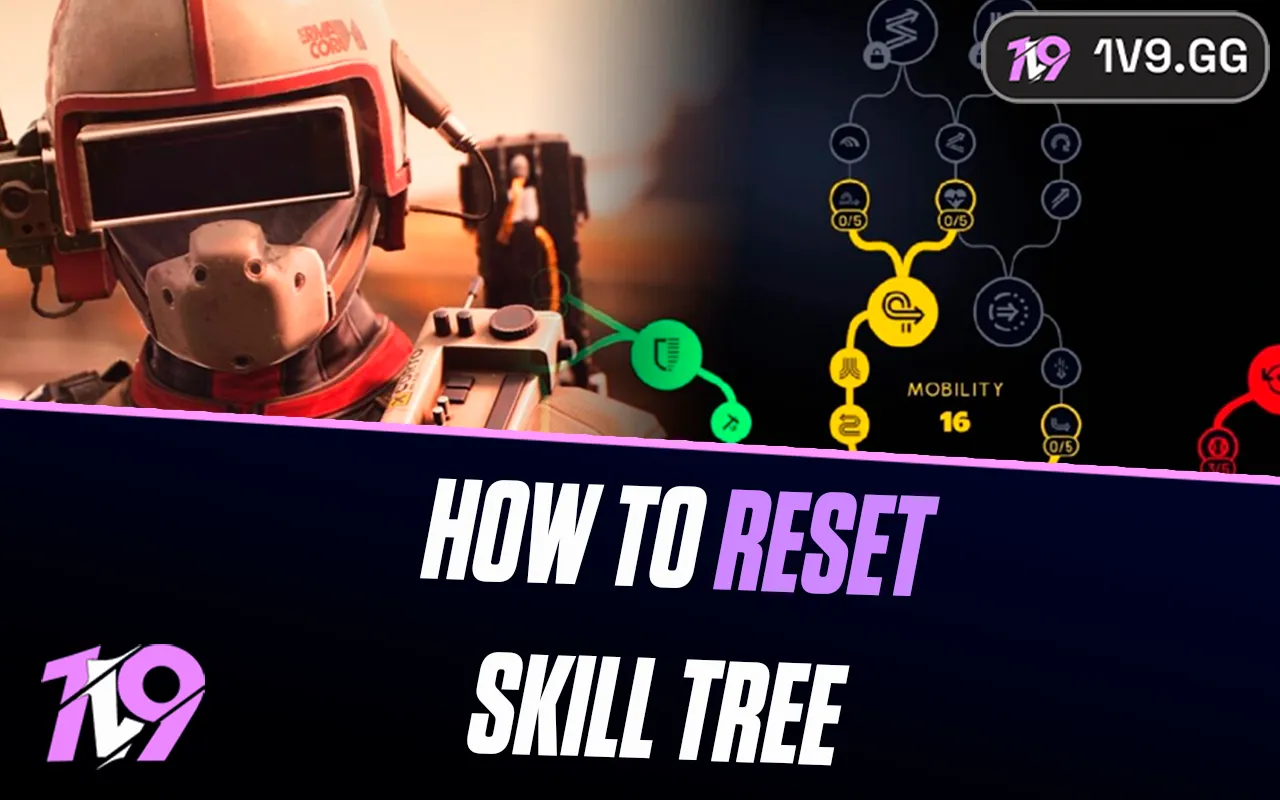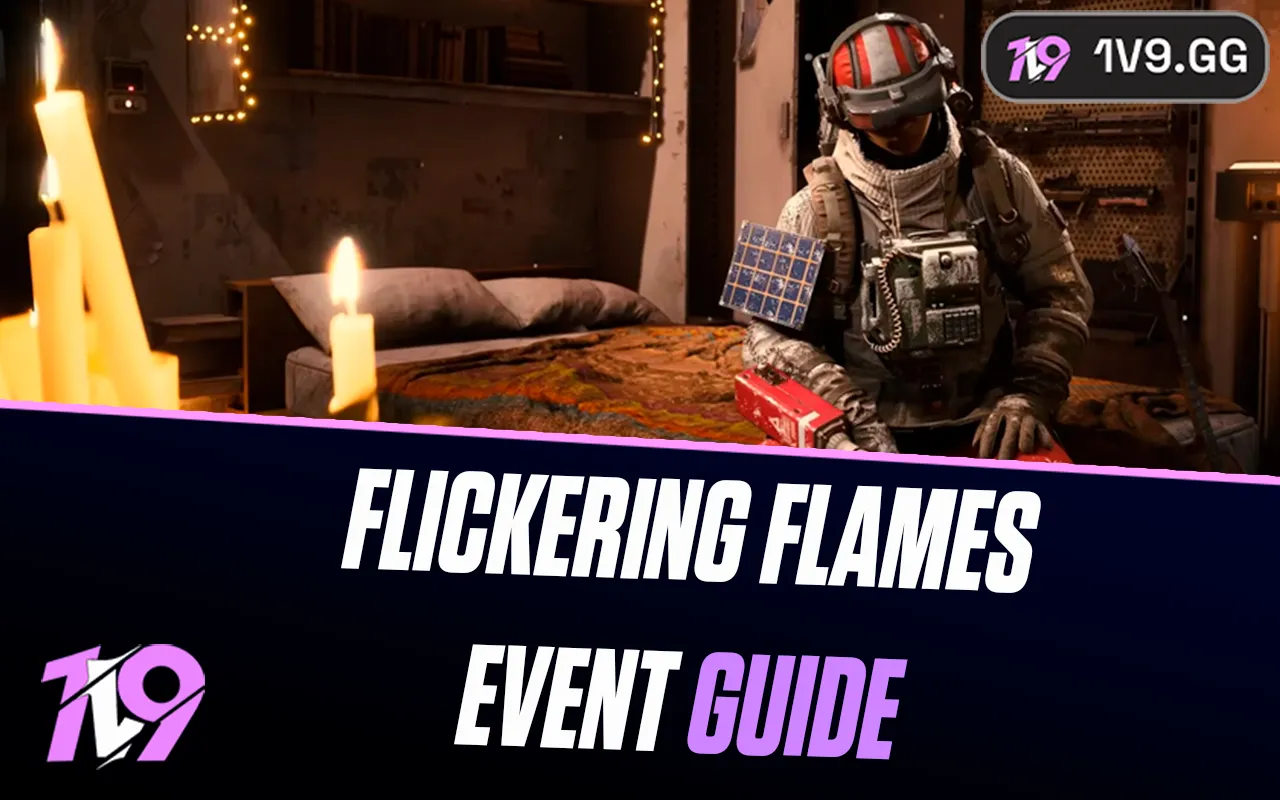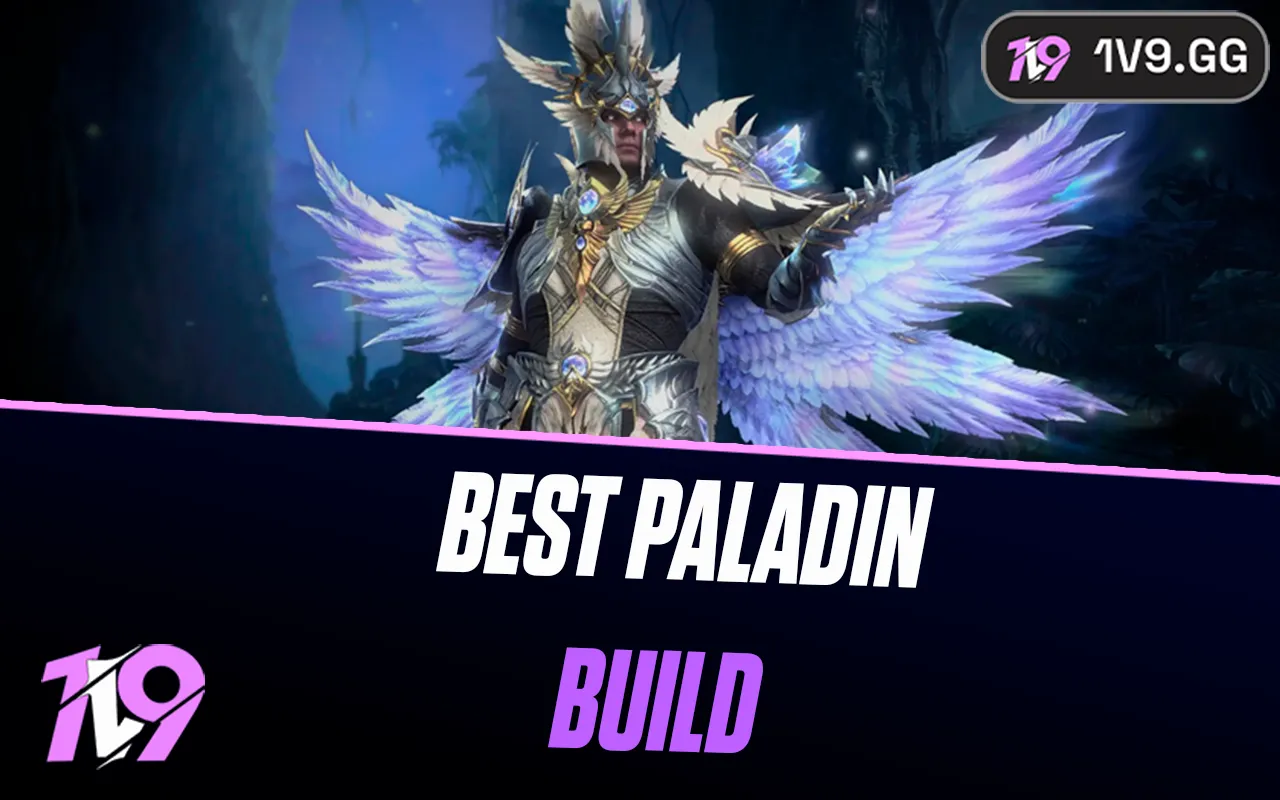- Home
Games
 League of Legends
League of Legends Valorant
Valorant Clash of Clans
Clash of Clans Rainbow Six Siege
Rainbow Six Siege-a6d5b3e156bb.webp) Fortnite
Fortnite GTA 5
GTA 5 Counter-Strike 2
Counter-Strike 2 Call of Duty
Call of Duty Dota 2
Dota 2 Genshin Impact
Genshin Impact Minecraft
Minecraft Rocket League
Rocket League Dragon Ball Legends
Dragon Ball Legends Clash Royale
Clash Royale Squad Busters
Squad Busters Rust
Rust Apex Legends
Apex Legends Pokemon Go
Pokemon Go XDefiant
XDefiant LoL: Wild Rift
LoL: Wild Rift Hay Day
Hay Day Diablo 4
Diablo 4 Marvel Rivals
Marvel Rivals World of Warcraft
World of Warcraft Destiny 2
Destiny 2 FC 25
FC 25-9ede9dc6b01b.webp) PUBG Mobile
PUBG Mobile The Finals
The Finals Deadlock
Deadlock Growtopia
Growtopia Forza Horizon 5
Forza Horizon 5 Honkai: Star Rail
Honkai: Star Rail Warframe
Warframe 8 Ball Pool
8 Ball Pool Zenless Zone Zero
Zenless Zone Zero Path of Exile
Path of Exile Runescape 3
Runescape 3 Raid: Shadow Legends
Raid: Shadow Legends Lost Ark
Lost Ark Summoners War
Summoners War WoW: Classic Era
WoW: Classic Era WoW: Season of Discovery
WoW: Season of Discovery WoW Cataclysm
WoW Cataclysm WoW: Hardcore
WoW: Hardcore Throne and Liberty
Throne and Liberty New World
New World Escape From Tarkov
Escape From Tarkov Mobile Legends
Mobile Legends Path of Exile 2
Path of Exile 2 Blade Ball
Blade Ball Fisch
Fisch Pet Simulator 99
Pet Simulator 99 Pets Go
Pets Go-d8bcef7708c7.webp) One Piece Bounty
One Piece Bounty Anime Adventures
Anime Adventures Blox Fruits
Blox Fruits Adopt Me
Adopt Me Murder Mystery 2
Murder Mystery 2 Fragpunk
Fragpunk Wuthering Waves
Wuthering Waves Free Fire
Free Fire Teamfight Tactics
Teamfight Tactics Albion Online
Albion Online Black Desert Online
Black Desert Online Honor of Kings
Honor of Kings Brawl Stars
Brawl Stars Arena of Valor
Arena of Valor Call of Duty: Mobile
Call of Duty: Mobile Rematch
Rematch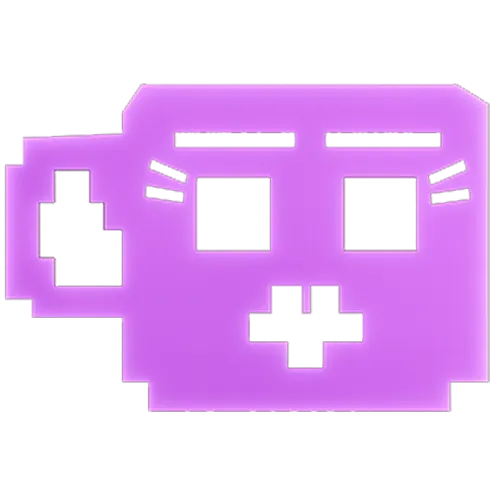 Steal a Brainrot
Steal a Brainrot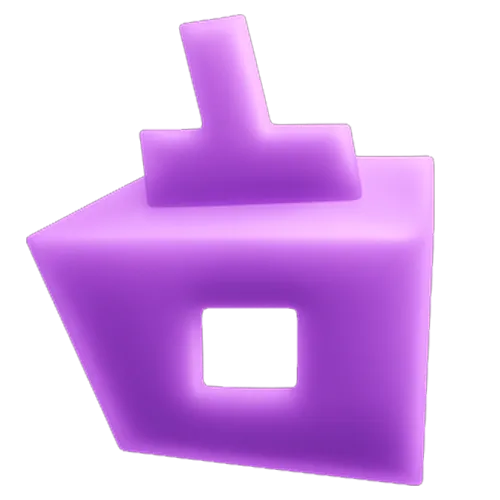 Grow a Garden
Grow a Garden FC 26
FC 26 Old School Runescape
Old School Runescape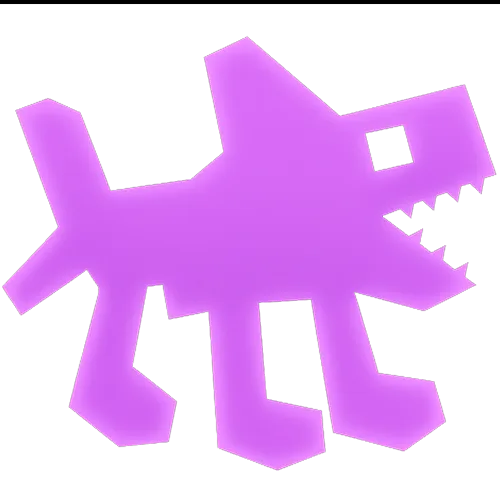 Plants vs Brainrots
Plants vs Brainrots Overwatch 2
Overwatch 2 Battlefield
Battlefield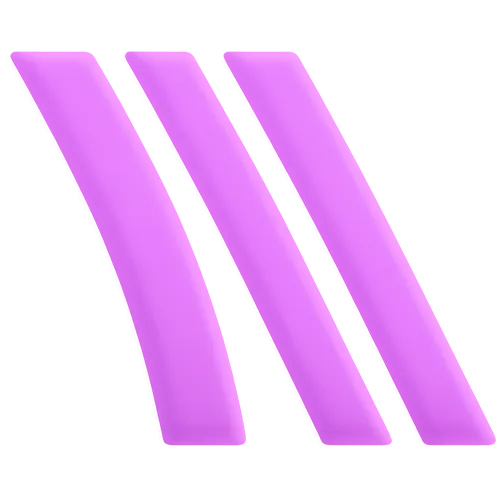 Arc Raiders
Arc Raiders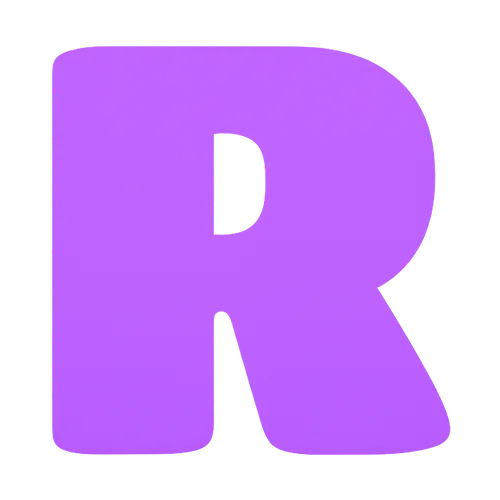 Roblox
Roblox Fallout 76
Fallout 76 Jailbreak
Jailbreak Type Soul
Type Soul GPO
GPO- Lootboxes
- Become Affiliate
- Blog
- Contact Us
- Sign In

Teamfight Tactics Ranking System Explained
Teamfight Tactics (TFT) is an auto-battler game developed by Riot Games, originally launched as a game mode within League of Legends in 2019 before its standalone release in 2020. As a derivative of the highly successful MOBA, TFT has quickly carved out its own niche, amassing a robust community and becoming a staple in both competitive and casual gaming circles.
The game features a ranked play system that is central to its competitive framework, where players strive to climb through various ranks by mastering strategic gameplay. In this guide, we will delve into the nuances of the TFT ranking system, exploring the different ranks and providing insights on how to advance effectively. This will equip you with a deeper understanding of how TFT's competitive ladder functions and how you can improve your standing within it.
TFT Ranking System

The ranking system in Teamfight Tactics (TFT) closely mirrors that of its precursor, League of Legends. Upon completing their first match, players are initially placed in Iron II. Following this, players undergo five placement matches, which determine their starting rank based on their performance. The progression through ranks in TFT is governed by League Points (LP).
Players earn or lose LP based on their final standing in each match. To gain LP, players must finish in the top four of their game. Conversely, finishing fifth or lower results in a loss of LP. Additionally, players in higher ranks who do not participate in a ranked match for 10 days will experience LP decay, which also applies to other ranked modes in TFT, such as Standard and Hyper Roll. This system ensures that both consistent play and high placements are rewarded in the competitive ladder.
TFT Ranks in Order
In Teamfight Tactics, the ranking system is structured into distinct tiers, each with its own set of divisions or standalone statuses, closely mirroring traditional competitive gaming ladders. Here’s a detailed look at each rank, from the entry-level Iron to the elite Challenger tier, along with insights into the typical player attributes and strategies observed at each level.
Iron: Iron tier players are often either newcomers to TFT or less active, lacking a deep understanding of how various unit compositions synergize. This tier is primarily about learning the basics, where significant improvement is needed but not indicative of poor skill inherently.
Bronze: Advancing to Bronze indicates some progression in game knowledge and mechanics. Players in Bronze start refining their strategies but often make errors, such as misapplying tactics from traditional MOBA games like League of Legends, or failing to optimize unit placements.
Silver: The Silver tier is where you’ll find the majority of TFT players. Here, players have a basic grasp of gameplay but might not venture far from their preferred strategies or “comfort picks,” which can limit their potential in varied game scenarios.
Gold: Gold players exhibit a better understanding of multiple compositions than those in lower ranks. Representing the top 38% of the player base, these players begin to employ more advanced concepts like effective scouting and strategic planning for the endgame.
Platinum: Players in Platinum have a solid handle on the essential elements of TFT. They demonstrate a comprehensive understanding of in-game economics and unit synergies, making strategic decisions that can adapt to the evolving state of play.
Diamond: At Diamond, players are proficient in all facets of TFT. Climbing higher within this tier is challenging, as small mistakes can hinder progress. This rank includes the top 2% of players, where tactical missteps are quickly capitalized on by opponents.
Professional Ranks:
Master: Master tier players excel in both foundational and complex aspects of TFT. They focus on achieving optimal outcomes based on the specific dynamics of each match rather than solely aiming to place first.
Grand Master: Similar to Masters in skill but with a heightened ability to adapt, Grand Masters tailor their strategies specifically to counter their current opponents, demonstrating high adaptability and deep game knowledge.
Challenger: The pinnacle of TFT competition, Challenger hosts the most skilled, professional-level players. With less than 0.03% of players reaching this tier, the ability to customize strategies and swiftly adapt to opponent moves is critical. Here, each match’s outcome heavily influences rankings, making every game crucial.
Each of these ranks in TFT offers unique challenges and learning opportunities, pushing players to continuously refine their strategies and decision-making to succeed at the highest levels of play.
How to Rank up in TFT

To effectively climb the ranks in Teamfight Tactics, understanding the nuances of the game and employing strategic practices are key. Here are refined tips to help you advance through the ranks:
- Prevent Rank Decay: Particularly relevant for players in Master tier or higher, rank decay can occur due to inactivity, resulting in a loss of LP. To avoid this, make it a point to play regularly. Consistent engagement is crucial to maintaining and improving your rank.
- Team Dynamics: For players in Gold rank or lower, forming a party of up to five players can significantly enhance your chances of success due to better coordination and strategy execution. In higher tiers, above Gold, the party size is limited to three to maintain competitive balance, as mandated by Riot to ensure fair play.
- Skill Enhancement: Irrespective of your rank, improving your understanding of different characters, their scaling potential, and effective teamwork are essential strategies for ranking up. The more adept you become at adapting your play style to different situations and working harmoniously with your team, the more likely you are to achieve consistent victories.
Additionally, for those looking to accelerate their progression, we offer a boosting service. Our team of Challenger-level players can rapidly advance your rank, helping you achieve your desired tier swiftly and efficiently. Whether you aim to escape the lower tiers or strive for the top echelons of play, our expert boosters can facilitate your journey, ensuring you reach your dream rank in just a few days.
FAQs
How can I play ranked games in Teamfight Tactics?
To play ranked matches in Teamfight Tactics (TFT), you must first reach level 10 by playing Normal games. Achieving this level unlocks the ranked mode, allowing you to compete on the TFT ladder. Additionally, we offer a convenient and cost-effective solution for those eager to jump straight into ranked play without the initial grind: you can purchase a TFT ranked-ready account from us at a very affordable price. This lets you start playing ranked games immediately, saving you time and accelerating your progression in the competitive scene.
Conclusion
Understanding the Teamfight Tactics ranking system is essential for anyone looking to progress in the game. From the initial placement in Iron to the prestigious heights of Challenger, each rank offers unique challenges and opportunities for growth. By grasping the requirements and intricacies of each tier, players can better strategize their approach to matches, manage their resources more effectively, and refine their gameplay tactics. Whether you're a new player learning the ropes or a seasoned competitor aiming for the top, this guide provides a clear roadmap for climbing the TFT ladder and improving your competitive prowess.
Posted On: August 4th, 2024
Recent Articles
💬 Need help?
Our 1v9 support team is available 24/7 to help you with any questions or issues you may have.
support@1v9.gg
Loading...
1v9.gg is not endorsed or affiliated by any game developers or publishers.
2025 1v9, All Rights Reserved, Created By NightDev


